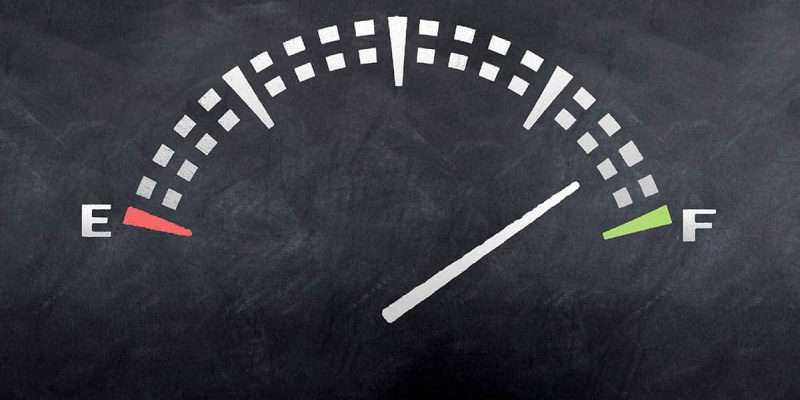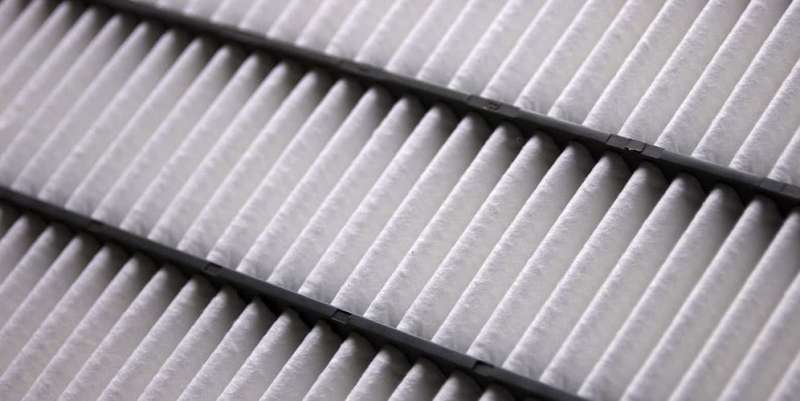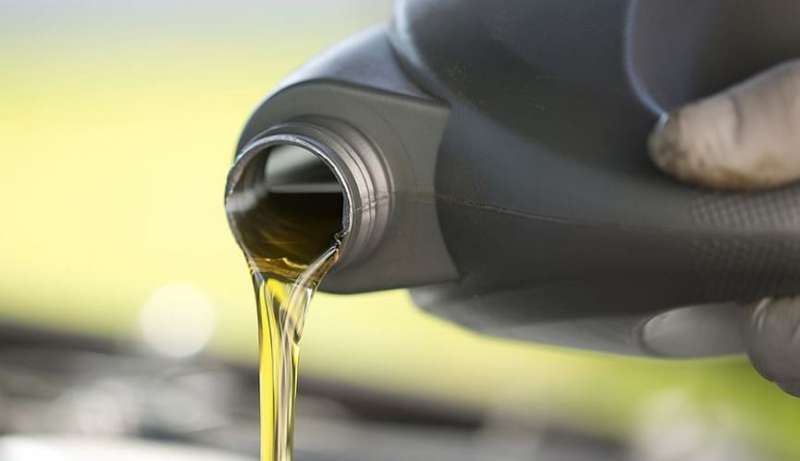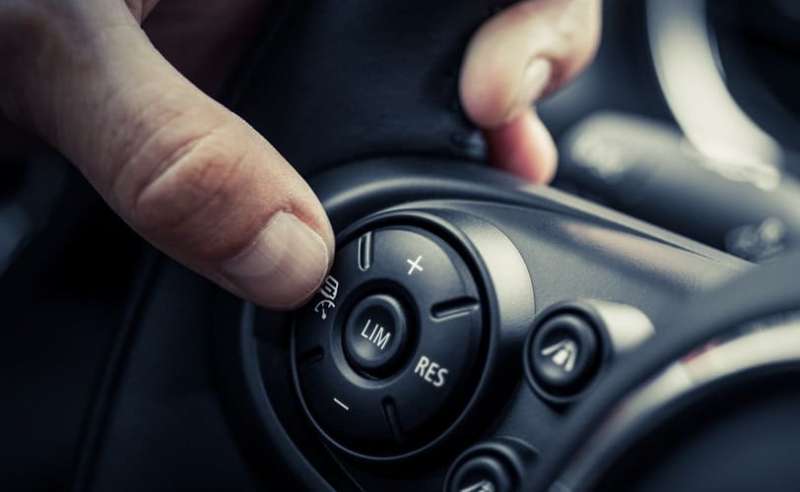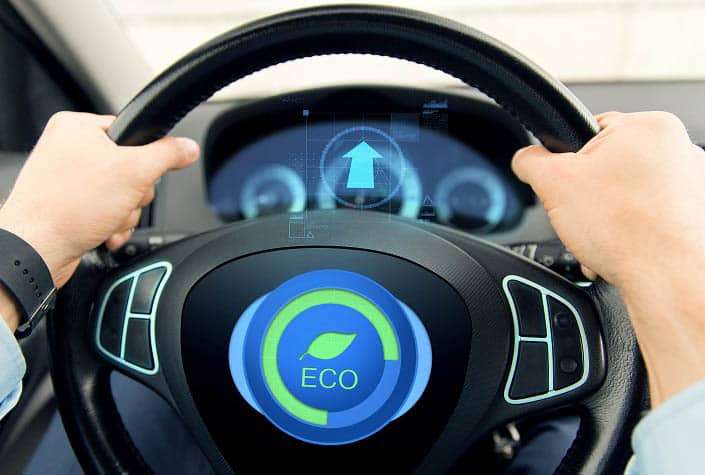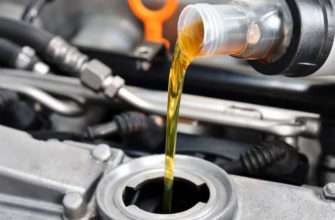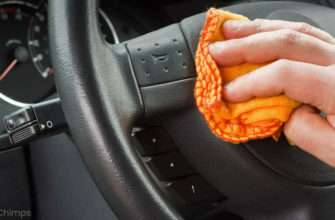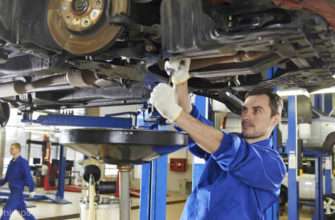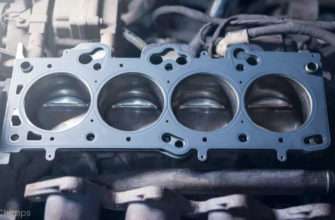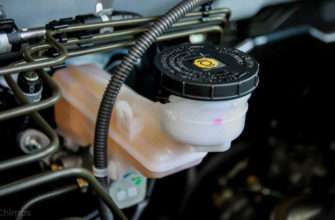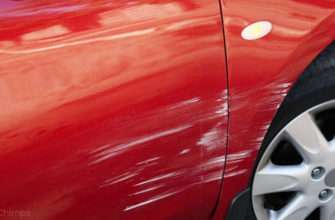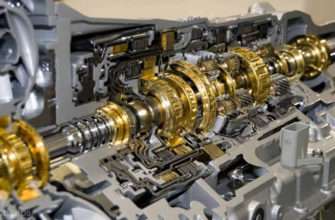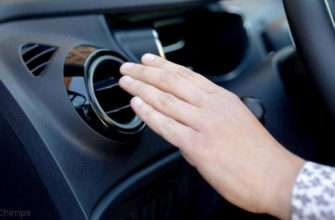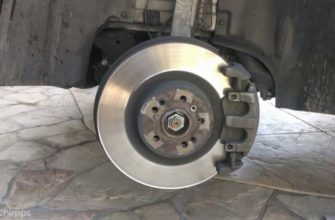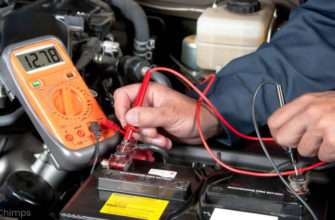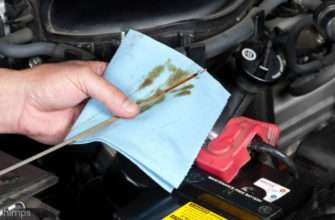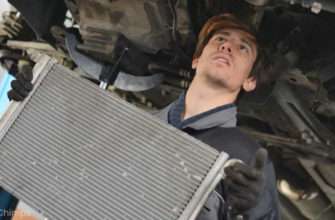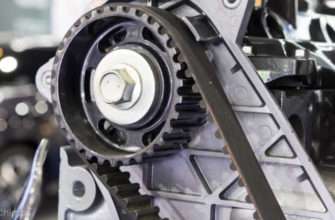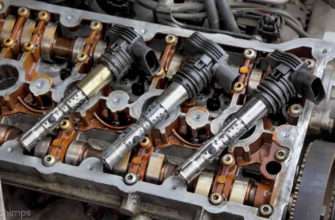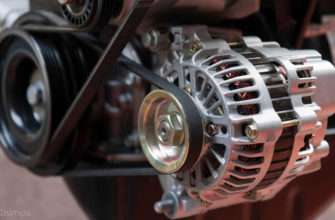You can save TONS of money by improving the gas mileage of your vehicle using these super simple methods. We’ll guarantee you can do some of them at least. The way we see it, there are two ways to end the month with a higher balance in your checking account. The first is to make more, and the second is to spend less. In this article, we’ll tackle the latter by exploring how to improve your gas mileage. A few of the best methods for increasing gas mileage include the following:
- Ensure your tires are properly inflated
- Be mindful of your AC usage
- Reduce unnecessary weight
- Regularly maintain your vehicle
- Avoid idling for too long
- Slow down and avoid driving aggressively
- Utilize Eco-Mode if available
By following just a few of these simple methods, you should be able to reduce fuel consumption by at least 20%. Using this amount as an example, if you spend $2.5 per gallon, average 20-mpg, and drive 12,000 miles per year, you’d save $300 every 12-months. While $25 might not seem like much, it does translate to roughly a free tank of gas each month. Thankfully, in this guide, we are going to show you 10 simple ways to improve your gas mileage. Let’s get started now!
Method 1: Regularly Replace Your Air Filter
You can think of your intake system as basically the lungs of your vehicle. A simple yet crucial part of this system is the air filter. This $20-$50 part is in charge of removing harmful particles from the outside air before they can damage the inner workings of your vehicle.
When too much debris has been collected, the air filter will become clogged, meaning that not enough air will flow through. Your engine needs air to breathe, and without it, not only will it have to work harder to keep up, but it can lead to overheating as well. Increase in Mileage: as much as 10%
Method 2: Ensure Your Tires Are Properly Inflated
Yes, there’s air in your tires, but did you know that having too little can lower your gas mileage? The US Department of Energy states that your gas mileage can drop by 0.2-0.4% for every 1-psi below their optimal rating.
The issue is the rolling resistance. The less air that’s in your tires, the harder they are to turn, meaning your engine has to work harder, which is what leads to the decrease in fuel economy. Be sure to consult your manual to review the recommended psi rating for your model. Increase in Mileage: as much as 3%
Method 3: What Motor Oil Are You Using?
Motor oil is in charge of lubricating all the moving parts inside your engine, without it, metal would heat, expand, and seize. Furthermore, if you don’t use the correct type of oil, then there’s no guarantee your car will function as the manufacturer designed it.
Remember, each model is built to be as efficient as possible, using mind-boggling algorithms to determine each piece of the puzzle. This includes which type of motor oil to use. If you go and put the wrong kind in, no matter the claims promised on the bottle, your fuel mileage is likely to suffer. For this reason, be sure to consult your manual to determine which kind of oil you should add for the best gas mileage. Increase in Mileage: as much as 2%
Method 4: Utilize Cruise Control When Possible
Depending on the contour of the roads you frequent, yes, cruise control can improve your gas mileage. There are several reasons, the first being that maintaining a specific speed isn’t as easy as it sounds. If you slow down, you’ll have to accelerate, and if you speed up, you’ve already lost.
Another reason is that cruise control can help deter you from speeding. Even the difference between 55- and 75-mph can drop your gas mileage by as much as 20%. If cruise control encourages you to maintain a lower speed, you will subtract a sizable amount off your monthly fuel bill. Increase in Mileage: as much as 20%
Method 5: Be Mindful Of Your AC Usage
One of the easiest ways to improve your gas mileage is to limit how often you use the AC. We’re not saying you should suffer while it’s hot outside, but being mindful of how long it’s on will really help preserve your fuel.
The AC system takes a lot of power to operate, meaning to make up for that added amount, your alternator has to work harder, and therefore, the rest of your car. We suggest using the AC for city driving and rolling down your windows a little for highway speeds. Using the AC system is especially taxing for hybrid, plug-in, or electric cars due to the extra power needed to operate. Increase in Mileage: as much as 25%
Method 6: Remove Unnecessary Weight
Imagine running a mile with an extra 100-lbs strapped to your back – a lot harder, right? The same goes for excess weight in your car, the more there is, the harder your engine has to work to carry it all.
For every 100-lbs of weight you remove, you can increase gas mileage by about 2%. We are not suggesting you strip your car of everything to squeeze out a little bit of savings in fuel consumption. But taking out excess luggage and gear can really improve gas mileage. This is especially true for trucks. If you have a toolbox in the bed with 500-lbs of weight, you’re effectively reducing your gas mileage by about 10%. Increase in Mileage: as much as 2% for every 100-lbs removed
Method 7: Avoid Idling For Too Long
This one is pretty simple, the longer your car is running, the more fuel it burns. A lot of newer cars have an auto start/stop feature that turns the engine off at a stop and then starts it again when you press the gas pedal. If you aren’t lucky enough to have this feature, then you should consider doing it yourself.
While idling, vehicles consume anywhere from half a tank to a full tank per hour. Contrary to popular belief, starting your car hardly uses any gas. The amount it does use is equivalent to about 10-seconds of idling.
Another way to utilize this method is to avoid letting your car warm for an extended period. Instead, don’t be too aggressive on the accelerator for the first 5-min after starting. Increase in Mileage: as much as 8%
Method 8: Drive Less Aggressively
What do we mean by aggressive? We think you might already know. As we mentioned earlier, the difference between 55 and 75-mph is a decrease in gas mileage of about 20%. 55 to 65-mph is about 10%. Using these numbers, we’re effectively saying that by slowing down, you’ll burn less fuel.
The other way is to not accelerate from a stop as if you were racing the car next to you. Whenever possible, if you can get to where you’re going without increasing the RPMs past 3,000, you’ll enjoy a nice boost in fuel economy. Increase in Mileage: as much as 30%
Method 9: Reduce Drag
The more aerodynamic you are while cruising at highway speeds, the better your gas mileage will be. Would you believe that even something as simple as a front license plate can reduce your fuel efficiency by as much as 3%?
While you can’t do anything if your state requires a front plate, you can remove other accessories that increase drag. Some of these include roof racks, cargo pods, bikes, and ski gear. However, something like a vent visor or rain guard is helpful, since it decreases drag when your windows are rolled down an inch or two. For this reason, we suggest removing any accessory storage solutions if you are not using them. Increase in Mileage: as much as 10%
Method 10: Use Eco Mode If Equipped
Here’s an easy one. If your car is equipped with an “Eco” mode – use it. Eco mode changes the behavior of your vehicle to ensure it’s not burning unnecessary fuel. This includes adjusting the shifting patterns and raising the sensitivity of the star/stop feature (if equipped). As well as softening the throttle response and limiting the usage of the AC. Instead of thinking of it as an “anti-sport” mode, think of it as the “save money” mode. Increase in Mileage: as much as 12%
Improve Your Gas Mileage And Improve Your Checking Account Balance
Ready for the bad news? You can’t combine all of these methods and obtain an infinite number of miles per gallon. Why is that? Because a lot of them accomplish the same thing. However, you can improve your gas mileage by 20% or more, which basically translates into a free tank of gas or two each month.
